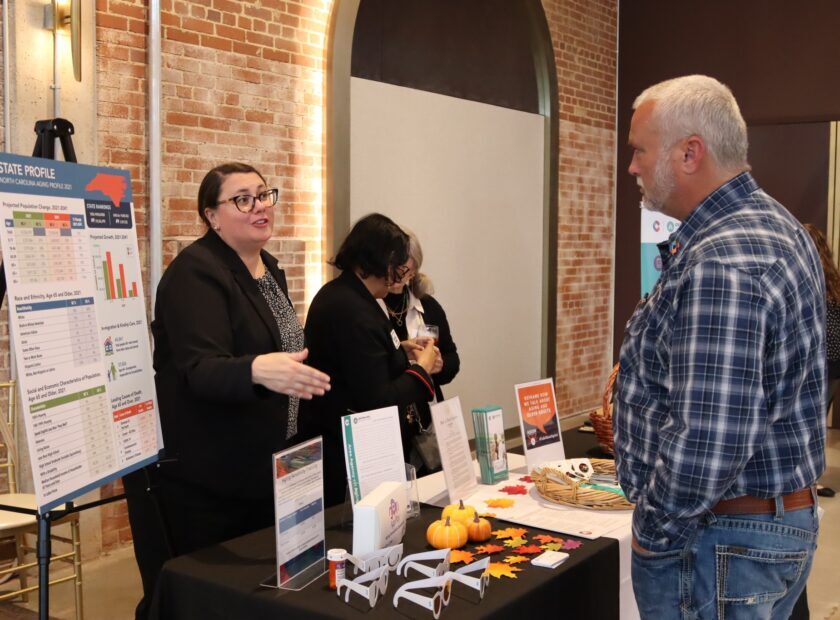Continued Growth, Changing Travel Behavior and the Future of the Regional Transportation System
Part III in the CONNECT Our Future Retrospective Series
Centralina Regional Council started an initiative in February 2021 to inventory and evaluate accomplishments in the region that tie back to CONNECT Our Future and highlight specific data and stories that may inform new actions or priorities for Centralina staff as they continue to support local initiatives that implement the region’s priorities. CONNECT Our Future was an initiative that united residents, businesses, educators, elected officials, non-profit organizations and other interest groups around a common desire for more cooperation in the region and the need to work together to fulfill shared goals. A general framework for future growth and development was created under the initiative, which was unanimously endorsed by the CONNECT Consortium Program and Policy.
Several priorities for the CONNECT Our Future initiative related to transportation, namely increasing transportation choices (modes), reducing commute costs (transportation technologies and land use) and improving air quality (emissions). Articles published in June and July focus on transportation mobility, accessibility, policy and partnerships in the region. Specifically – are attitudes toward travel behavior changing? and how are state, regional and local transportation organizations working together to meet future transportation system needs? Part one of the transportation assessment (published in June) looks back at metrics and changing conditions for the period between 2010 and 2019. Part two will look forward to opportunities and challenges facing the region now or in the future as communities come together with increasing interests to implement a shared vision for the regional transportation system.
The summary of existing conditions, emerging trends and current initiatives presented in article three of the series is organized under seven general topics: state of the regional transportation system; transportation decision making in the region; other’s influence on the transportation system; connecting the dots with data; future transportation trend benders; current plans, policies and initiatives in the region; and key takeaways for planning the region’s transportation future.
Key Takeaways for Planning the Region’s Transportation Future
The physical distance between complementary land uses in the region — between home and work; home and school; or home and shopping — and over-reliance on automobiles for meeting daily travel needs in most parts of the region is leading to several unintended consequences.
Many groups make decisions that impact the regional transportation system:
- Transportation agencies and organizations complete plans, policies and initiatives (many crossing jurisdictional boundaries) that acknowledge the collaboration and support needed to implement projects of regional significance but lack organizational directives for enforcing implementation.
- Local government land use plans and ordinances generate demands for new capacity or technology in the regional transportation system.
- Employers’ decisions about office locations and their “normal” work schedules.
- The relationship between home and work locations for an employee influences the length of their trip, the times they travel and the mode of travel they use (automobile, transit, bicycle or walking).
- The general public also has tremendous power in changing the trajectory of transportation planning in future years through personal investments in new transportation technologies.
The overwhelming majority of employees in the region travel to work outside the home by driving alone in an automobile. General increases in the share of employees working from home in Iredell, Mecklenburg, Union, Gaston, Lincoln, Cabarrus, Rowan, York, Lancaster and Stanly Counties were observed between 2010 and 2019. The number of employees reporting a commute time to work less than 30 minutes decreased over the decade. The number of employees reporting a commute time to work more than 30 minutes increased over the same time period. Specific drivers for the change in commute time to work are not provided with the data but may include 1) increased congestion on the transportation system that creates travel time delays, 2) increased travel distance between home and work if/when employees seek affordable housing further away from their place of employment or 3) a change in preferred travel model to work that produces slower travel speeds in exchange for some other travel incentive (e.g. a shift from automobile to public transit that results in slower travel times but zero parking costs once the employee arrives at work).
*To view the report in the correct layout, make sure to change your reader setting to a two-page view




